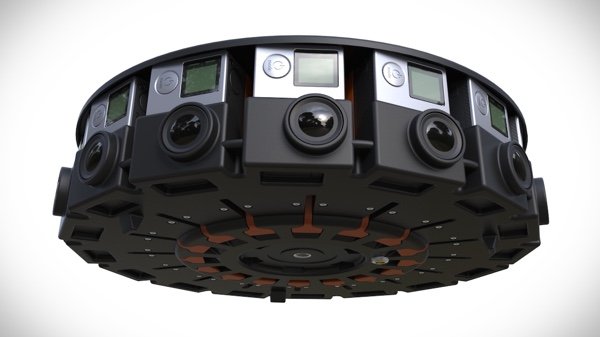Most of the new technologies have been slow to begin, but this does not seem to apply to 360-degree video. This is all thanks to the close relationship between 360-degree video and VR, and the early investments of big brands like Facebook, Samsung and YouTube. Market research firm ABI Research predicts that shipments of professional-grade cameras and mid-range production and sales of 360-degree cameras will approach 2 million units in 2021, while shipments of consumer 360-degree cameras will reach 4 million at the same time. .
Eric Abbruzzese, a senior analyst at ABI Research, said: "The most prominent force in the development of 360-degree video content and hardware development is VR. Although VR has experienced a period due to new technology, a small user base, and relatively high prices. The lack of time, but support from major content platforms will help 360-degree video alleviate these issues."

The market for 360-degree video is active both in consumer applications and in enterprise applications. For business users, Nokia has signed agreements with Disney to use the OZO camera to shoot content, and Nokia also stated that VR and 360-degree video are one of its core businesses. They will reconstruct and conduct products around this forward-thinking technology. Line expansion. In addition, GoPro, the market leader in wearable cameras, has launched a professional 360 degree multi-camera camera platform and will release a consumer-grade 360-degree product in the near future.
The role of VR in 360-degree video is also disregarded differently. 360-degree content can be viewed on a computer or mobile device, but the most engaging and natural viewing experience is watching in VR. As content demand continues to grow, ABI Research predicts that mobile head-mounted shipments such as Google Cardboard and Samsung Gear VR will reach 70 million units by 2021.
Abbruzzese concludes: “We can hardly see so many powerful driving forces like 360-degree cameras and video. The decline in the average selling price of VR hardware and 360-degree cameras, the integration of 360-degree cameras and mobile devices, and the increase in bandwidth. ... all of this provides a favorable environment for 360-degree video development."